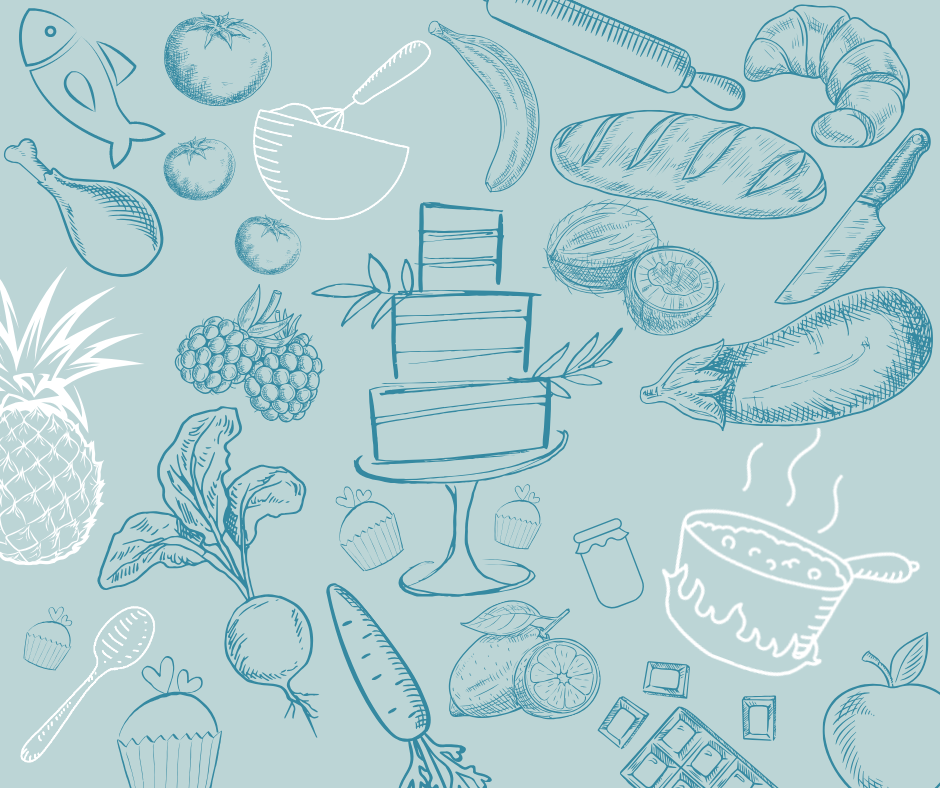Translated by Charlotte Doane
In the time of lockdown, cooking is not just a hobby, but a necessity—morning, noon and night. While many of us were in the habit of eating half our meals at restaurants just a few months ago, we now have to resolve to spend more time in the kitchen and make do with what we have. For those who are working full time, cooking can be a source of comfort and relaxation, but it can also be an added burden.
It just takes a dash of creativity and a pinch of adaptability. You can even use foodstuffs that might normally go to waste.
The first panicked days at the grocery store have given way to a more organized affair. Still venturing out into public as little as possible, people are stocking up and prioritizing foods with long shelf lives. Grains, legumes, canned goods, nuts (and chocolate!) come to mind, but this also includes certain kinds of produce: carrots, potatoes, squash, onions, garlic, shallots and citrus fruits all keep well in the pantry. Ideally, we are trying to keep balanced diets, as this both contributes to a healthy immune system and makes us feel good. Sauce-based dishes, ragouts and soups keep well frozen, and bread and muffins fare equally well in the freezer—right next to the tub of ice cream. One of our translators can attest to feeling better when her fridge is well stocked, sometimes to the point of bursting. She may spend a little too much time trying to find the mustard hidden behind last night’s leftovers, but the abundance serves as a reassuring reminder that she has enough to last, and enough options to make any dish that strikes her fancy.
While it can be convenient—and these days, necessary—to keep a full pantry, overdoing it can result in wasted food, sitting forgotten at the back of the cupboard or crushed beneath a pile of long-abandoned Tupperware. The key is to turn the old into the new. Leathery tomatoes can become a sauce, wilted greens a pesto or a soup, bruised apples a crumble or applesauce. It just takes a dash of creativity and a pinch of adaptability. You can even use foodstuffs that might normally go to waste, for instance, by making healthy homemade chips out of vegetable peelings. And you may know that the best chicken broth comes straight from the carcass, but did you know that a parmesan rind can lend a tasty flavour to minestrone?
Quarantine recipes abound online, often in video form, with professional chefs and TikTok celebrities alike garnering thousands of views a day.
Zero-waste cooking also offers more advanced options for the adventurous among us. Dip into the world of fermentation to create kimchi, homemade yogurt or beet kvass, or take the time to craft your own fresh pasta. Explore various bread-making techniques, from brioche to sourdough and even gluten-free, or treat yourself to a classic pot roast for dinner—the possibilities are endless. In lockdown, it seems that big cooking projects like these are becoming more and more common, at least for those who have the time—the time to watch their dough rise, the time to pinch together dozens upon dozens of dumplings like a giant puzzle, the time to slow down and relish the satisfaction of having created something small but amazing that previously seemed better left to the professionals.
Plenty of people had the time to look up Montreal food blogger Bob le Chef’s homemade bagel recipe, so many that they temporarily crashed the website. Quarantine recipes abound online, often in video form, with professional chefs and TikTok celebrities alike garnering thousands of views a day. And then there are the equally viral recipe photos, such as the highly instagrammable Dalgona coffee, or loaves of bread twisted into increasingly elaborate shapes—a global that caused flour and yeast shortages all over Quebec.
In these uncertain times, cooking can comfort and protect us from the worries of the world. It’s a pastime that everyone enjoys in their own unique way, just as they do the food itself.
It all sounds rather intense, but many still consider cooking to be a comforting, relaxing hobby that is just what they need after a long day spent in front of a screen at work (or on FaceTime). Nothing clears your head and gives you an outlet for your stress like beating eggs or mashing potatoes. What’s more, you can cope with travel restrictions by exploring the world in food. Palak paneer, tagine, enchiladas, pho—tasting a dish from somewhere far off can transport you for a moment, even if only your taste buds get to do the wandering. For parents, this can be a great way to expose your children to a variety of new flavours and get them involved in preparing meals, turning your kitchen into an at-home learning and discovery centre. One of our colleagues here at Cartier et Lelarge really goes the extra mile with his four daughters, planning themed dinners with two other families where everyone gets together to eat, drink and be merry at a distance.
In these uncertain times, cooking can comfort and protect us from the worries of the world. It’s a pastime that everyone enjoys in their own unique way, just as they do the food itself. And even though preparing food often serves a purpose, whether practical or therapeutic, it does not always have to be productive. Sometimes, all you need is a bowl of your favourite childhood breakfast cereal or a pizza fresh from the freezer—simply delicious.



